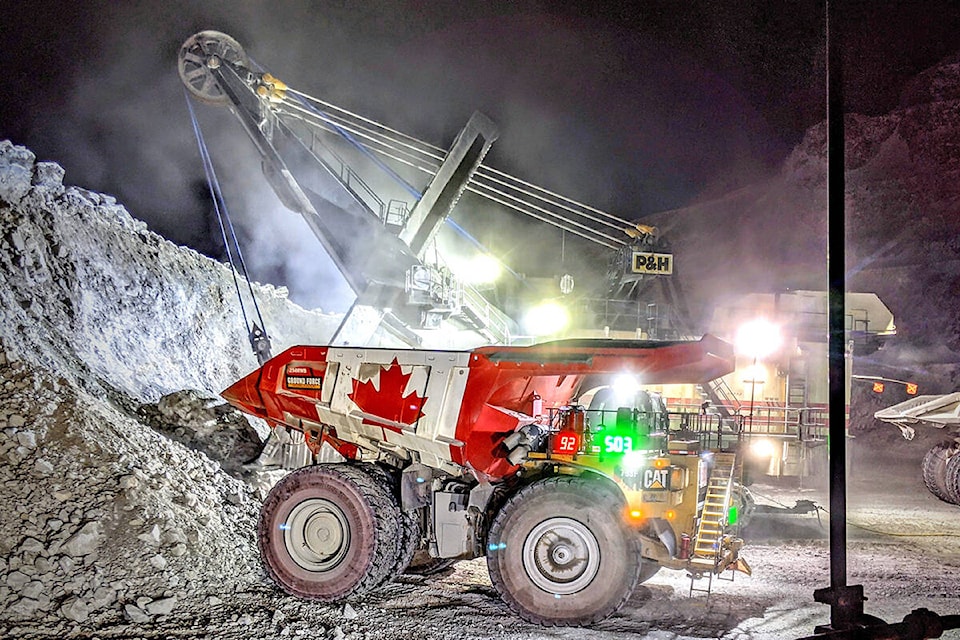While B.C.’s environmental assessment for new mines has built in new consultation and consent steps, Indigenous leaders say there is a long way to go in a mining industry that retains gold rush-era practices such as unregulated placer mining on Crown land.
Indigenous consent for mining is required under Treaty 8, covering northeast B.C. since 1899, but most of the province isn’t covered by treaties. B.C.’s Mineral Tenure Act still issues “free miner certificates†to prospectors that have been available for 150 years, but are now applied for online without notice or consent from Indigenous rights holders.
On the eve of B.C.’s annual that began in Vancouver Monday, the First Nations Energy and Mining Council calling for changes to the Mineral Tenure Act and the Mines Act, to fulfil the NDP government’s commitment to make provincial laws conform to the UN Declaration on the Rights of Indigenous Peoples.
“We are entering a new era that will sweep away colonial-style mining laws that do not recognize and are incompatible with our title and rights,†said Lydia Hwitsum, a member of the First Nations Summit political executive. “First Nation consent means legal certainty for mining companies, better environmental stewardship, safer mines and an improved global reputation for the B.C. mining sector.â€
B.C. Energy and Mines Minister Bruce Ralston wasn’t available for an interview, but the ministry issued a statement Jan. 27 saying it is studying the report.
“Government is close to finalizing a five-year, cross-government action plan which will guide our work to implement the UN Declaration in B.C.,†the ministry said. “The final action plan will be completed in early spring 2022.â€
One high-profile dispute arising from B.C.’s mining laws was the creation of a “reality TV†show called Jade Fever, depicting a family of jade miners in the Cassiar Mountains in northwestern B.C. The show was dropped last year after seven seasons, following a 2019 eviction notice from the Tahltan First Nation citing “illegal and unethical†behaviour toward land and wildlife. BellMedia cancelled the show after Tahltan Central Government president Chad Day said its exploitation of B.C.’s placer mining rules was “sensationalizing, encouraging and promoting†damage to the territory.
RELATED:
RELATED:
RELATED:
B.C.’s Environmental Assessment Act was to conform with the UN declaration, with new consultation rules that took effect in 2020. The new regulations control water use in small-scale placer mining operations, but still allow unregulated exploration or mining camps with 20 or fewer people.
As with the forest industry, mining companies have had success working out agreements with Indigenous people on major projects. The Tahltan First Nation has taken a leading role, working with the province on two projects, an expansion of the Red Chris copper-gold mine 80 km south of Dease Lake, now operated by Australia-based Newcrest Mining, and the Eskay Creek Mine operated by Skeena Resources.
The Tahltan Central Government is also an investor in Skeena, and its territory includes 70 per cent of what the industry calls the Golden Triangle of metal ore deposits. Day said in 2021 that more than 40 per cent of B.C.’s exploration expenditures have taken place on Tahltan territory that year.
Tahltan also has a deal with the province for apprenticeship training, including work at Brucejack mine, 130 km from Red Chris. Brucejack was acquired in November 2021 by Newcrest.
tfletcher@blackpress.ca
Like us on and follow us on .


